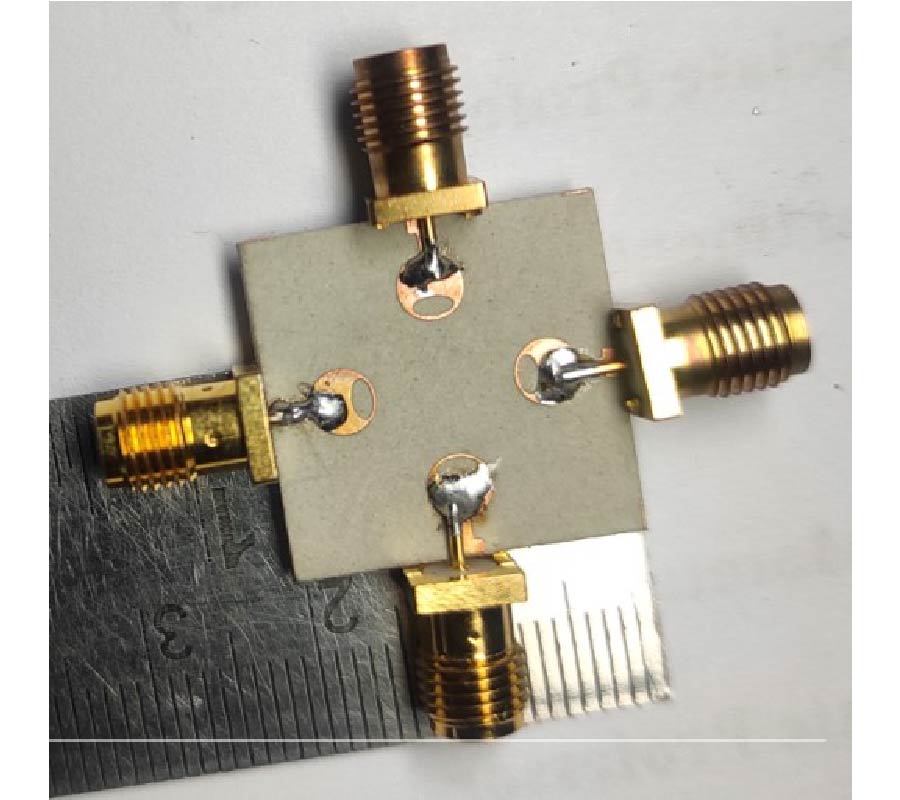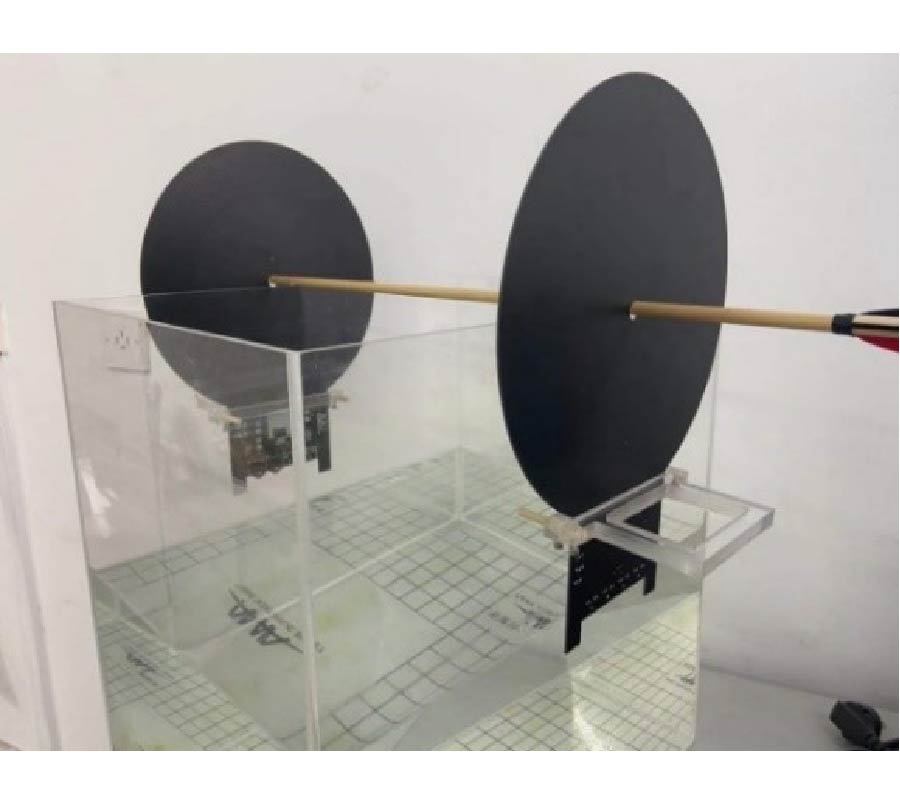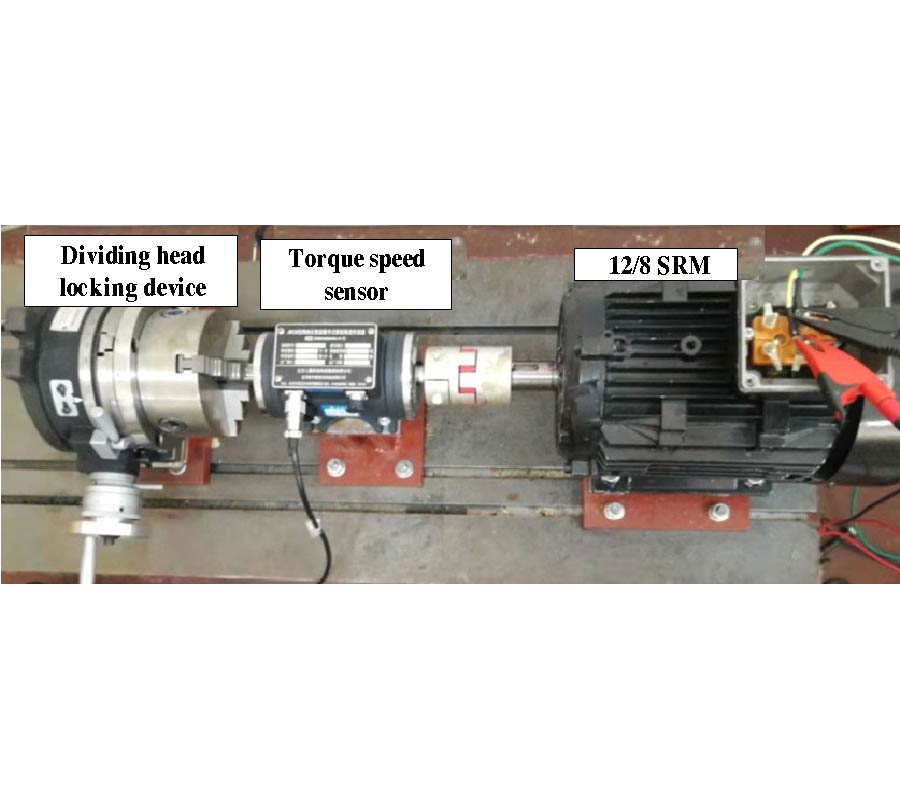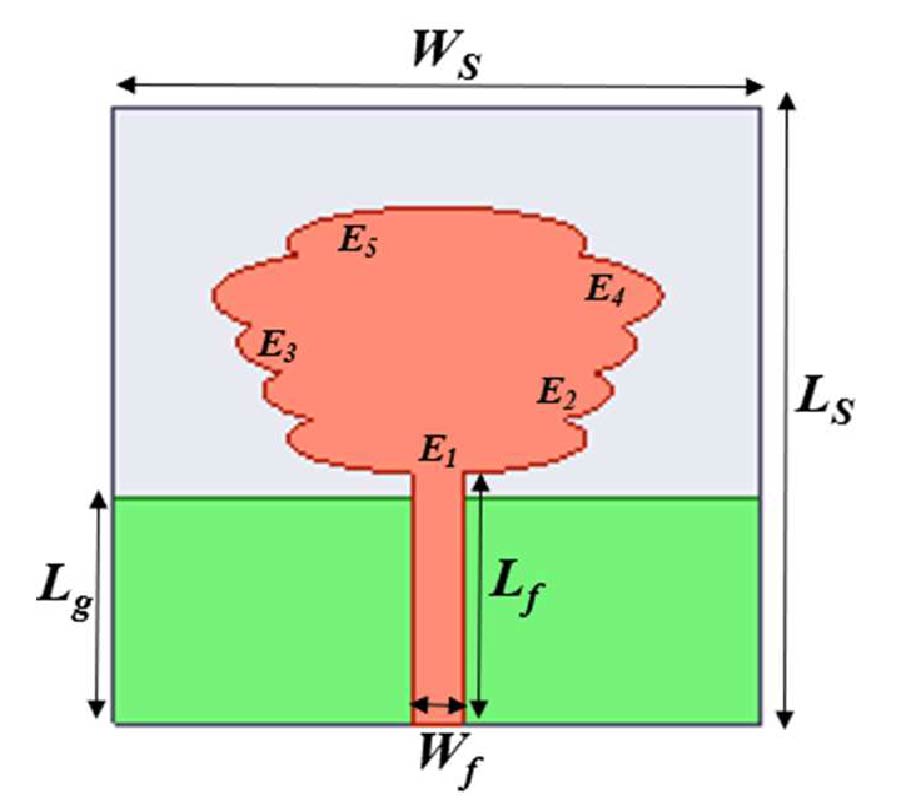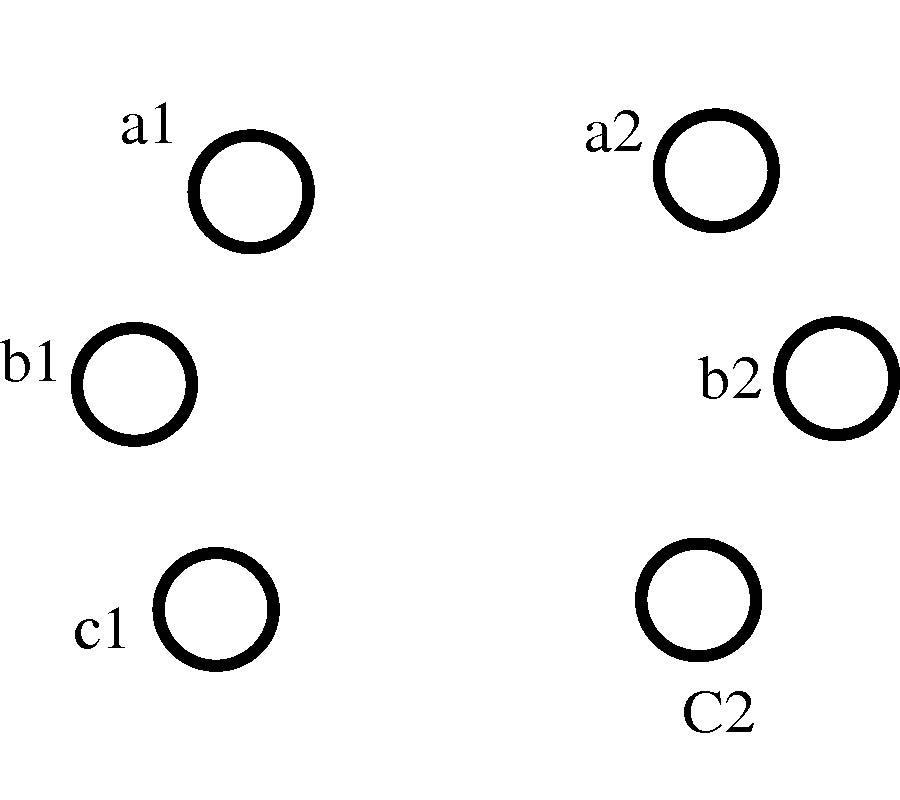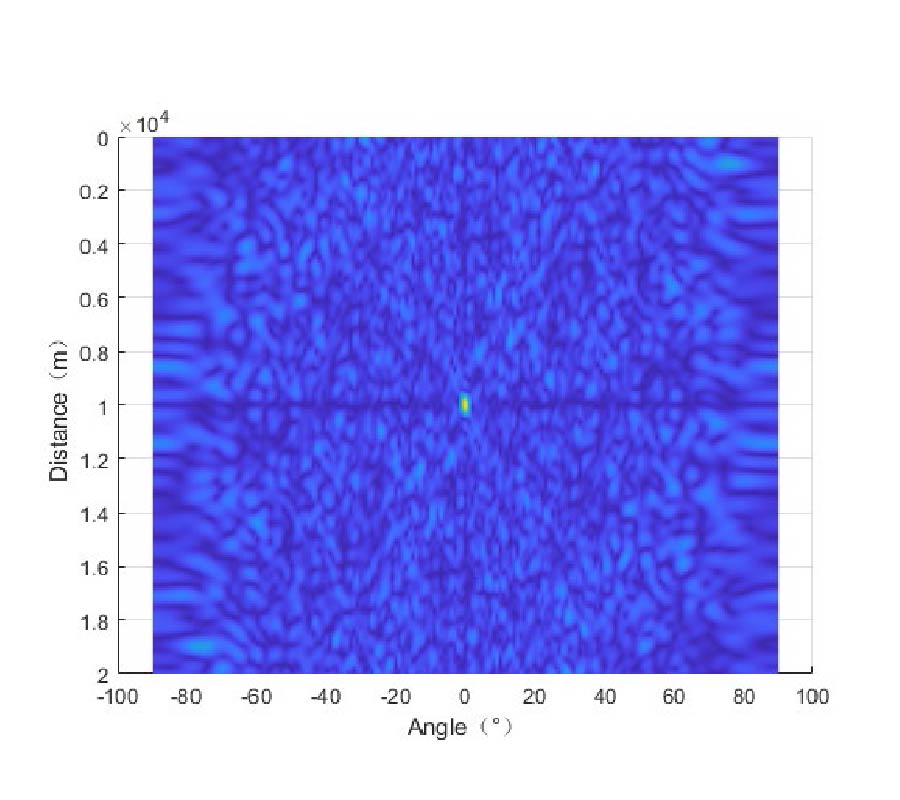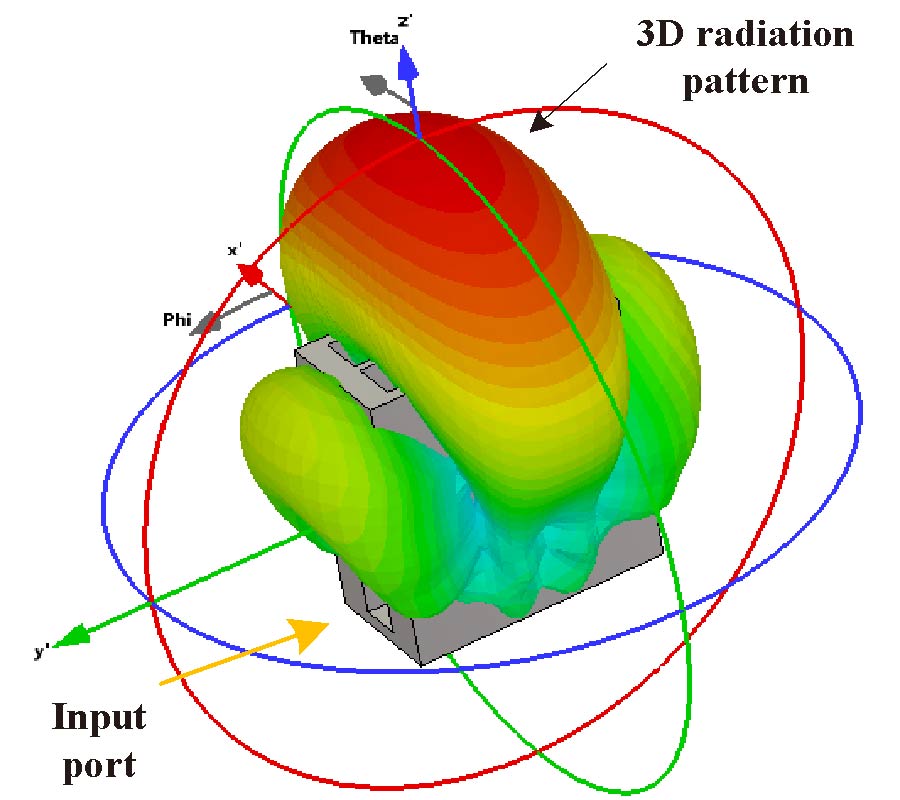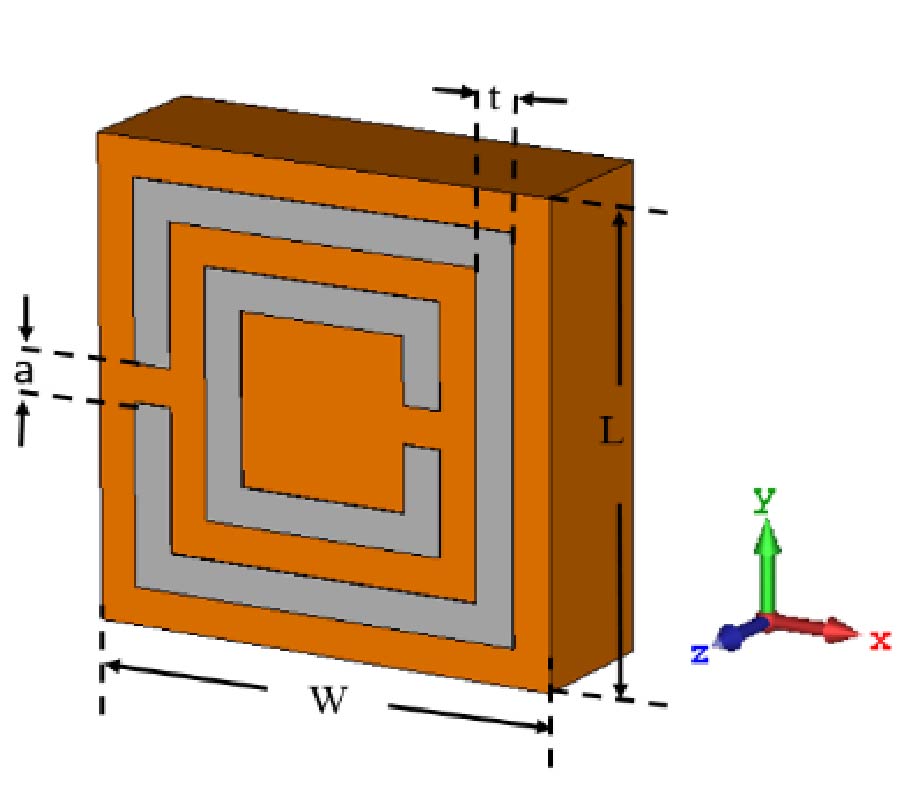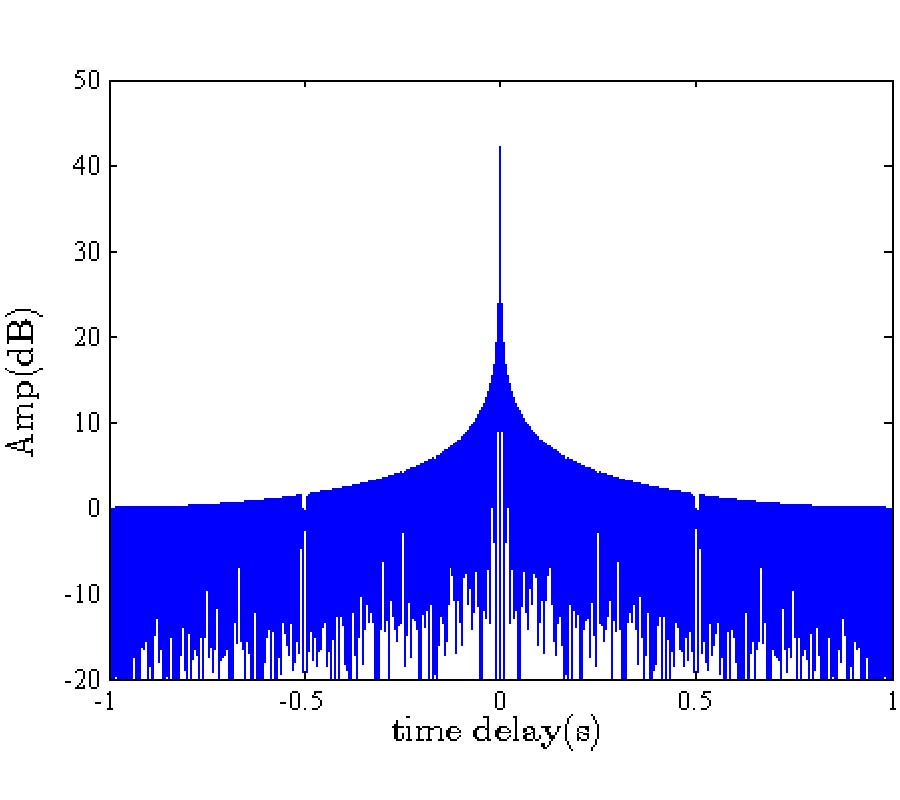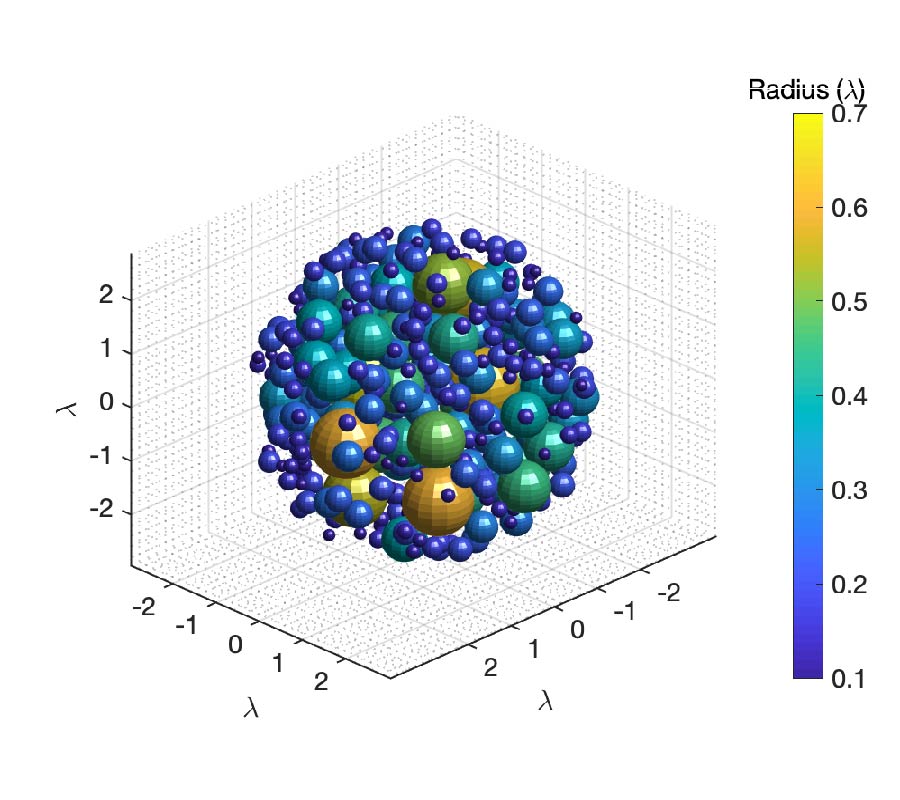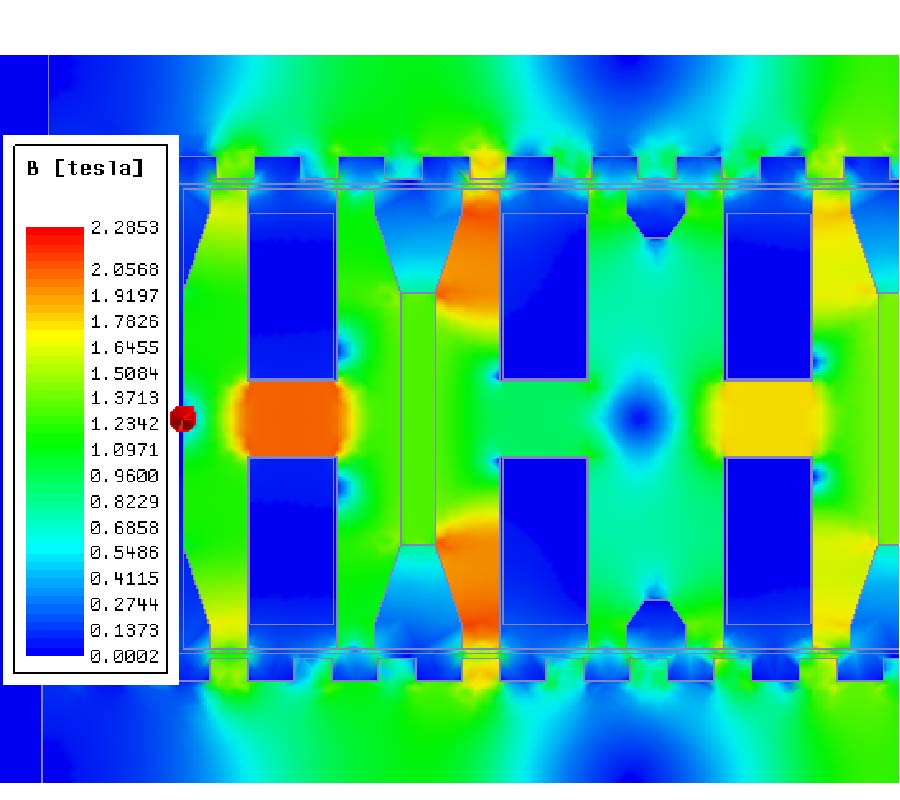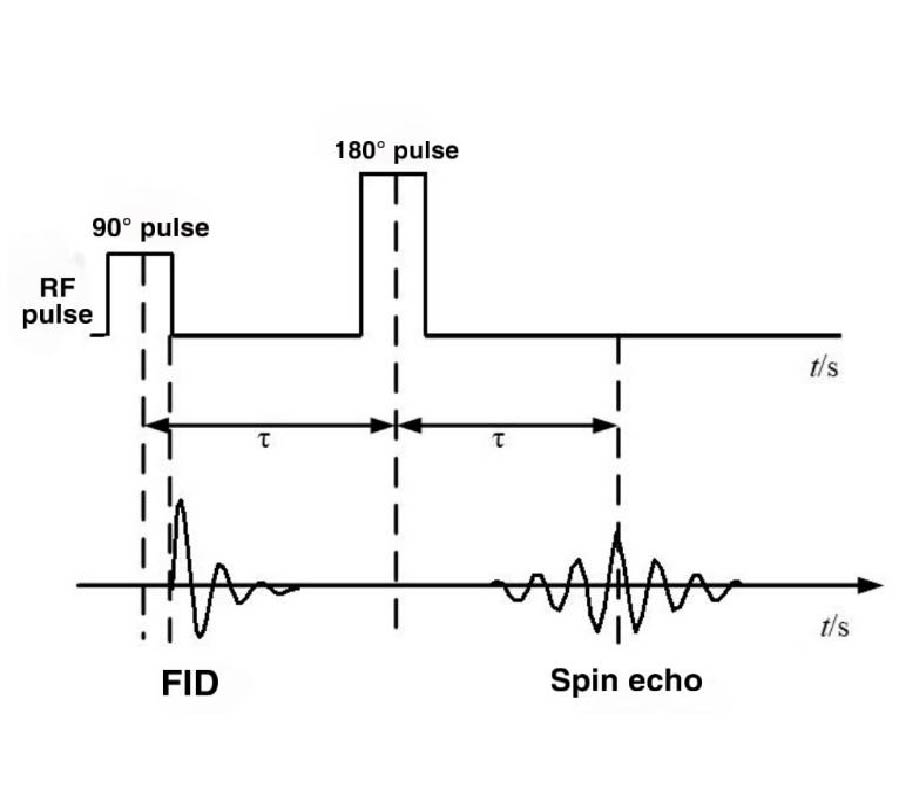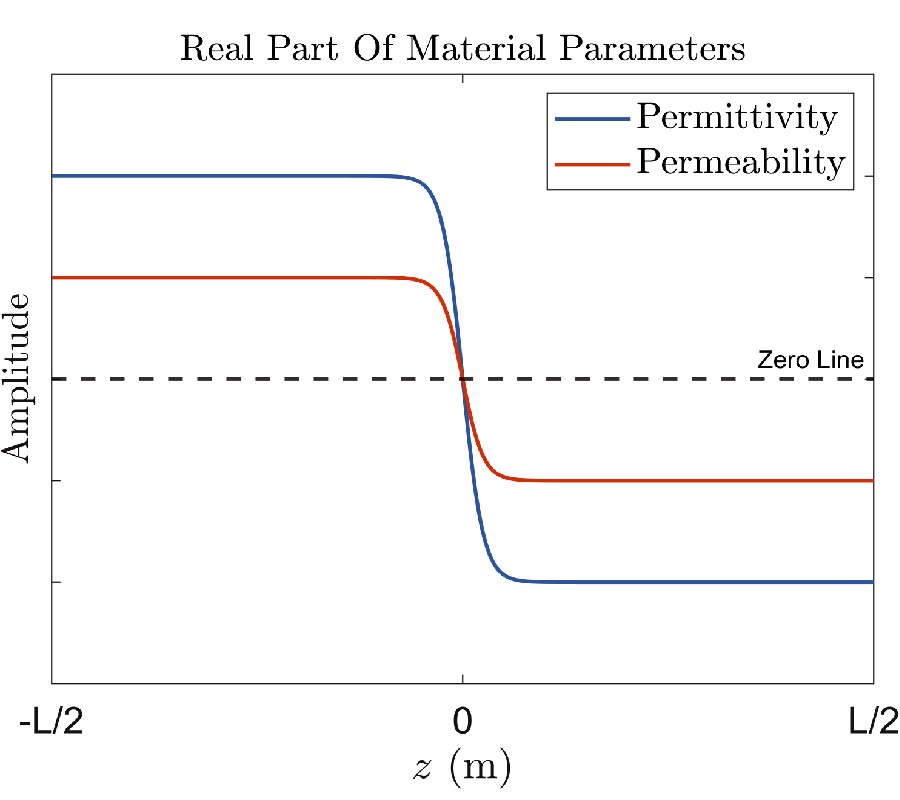Wavelet Denoising of Echo Signal of Unilateral Magnetic Resonance Sensor
Pan Guo
,
Chenjie Yang
,
Yunfeng Zhu
,
Jiamin Wu
and
Zheng Xu
Carr-Purcell-Meiboom-Gill (CPMG) is generally used as the measurement sequence of unilateral NMR (UMR) sensors, and the NMR signals collected by the sequence are composed of a series of echo signals. In the traditional CPMG measurement signal, each echo peak value is first taken and then denoised, which would lead to the inaccuracy of the peak point taken, resulting in deviation. To ensure the measurement result more accurate, this paper proposes to employ wavelet technology to denoise the echo signal first, and then take the peak point to analyze the data. Firstly, a simplified model of the spin-echo signal without the influence of gradient magnetic field was established, and white noise was applied to a certain extent. Then, Signal to Noise Ratio (SNR) and Root Mean Square Error (RMSE) were used as evaluation indexes. The denoising effects under different wavelet bases and thresholds were compared. Finally, the Matlab simulation result showed that wavelet analysis had a good effect on the denoising of unilateral NMR spin echo signal.
